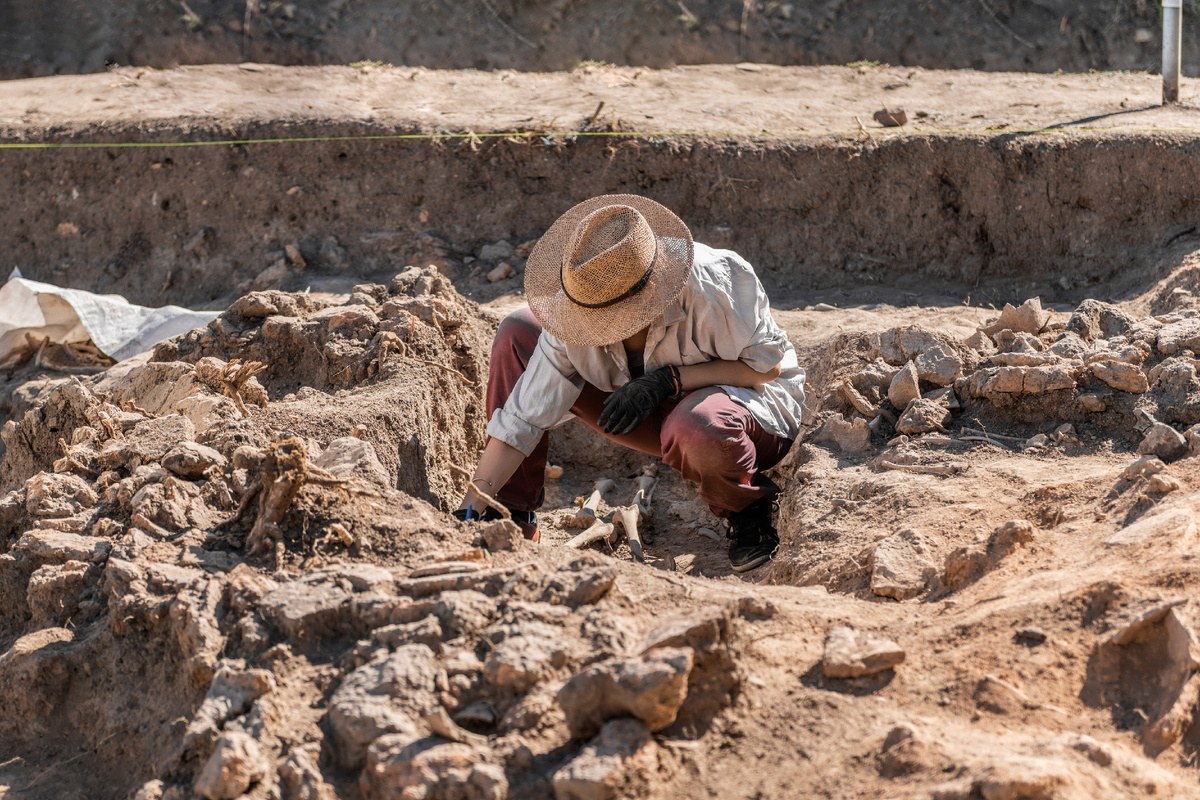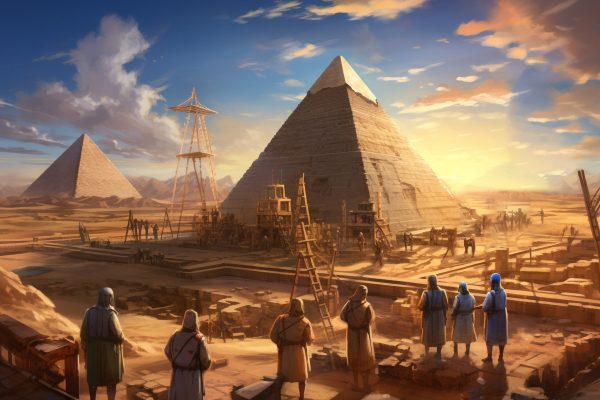A new archaeological discovery in Egypt has sparked lively debate among historians and biblical scholars.
In the south of the Sinai Peninsula, in the Wadi en-Nasb area, researchers have found a copper smelting workshop, several buildings and observation posts. These findings not only shed light on the advanced industrial activities of the ancient Egyptians, but, according to some scholars, may also be indirectly related to the biblical stories of the Exodus of the Israelites and Moses.
What archaeologists found
- a copper smelting furnace and ceramic crucibles;
- tools for processing ore and a large amount of copper slag;
- two buildings at the entrances to the valleys, probably used as guard posts;
- an administrative building with charcoal and clay used for bellows.
Nearby is Serabit el-Khadim, a well-known centre for copper and turquoise mining, where proto-Israelite inscriptions and evidence of Semitic slaves or prisoners of war have previously been found.
Connection to biblical history
Although archaeologists themselves do not draw direct conclusions about Moses, Bible scholars see the discovery as confirmation of a number of details:
- the presence of Semitic workers in the mines of Sinai;
- inscriptions similar to early Hebrew forms of writing;
- the connection of the site with roads that, according to tradition, could have been used by the Israelites during the Exodus.
‘This adds a new dimension to our understanding of the history of industrial and mining activity in Ancient Egypt,’ said the Egyptian Ministry of Tourism and Antiquities.
Comparison: archaeology and the Bible
The Book of Exodus – The Israelites worked in Egypt, Moses led them through Sinai – Semitic labourers in Serabit el-Khadim
Archaeology – Workshop and guard posts in Sinai – Hard labour and supervision described in the Bible
Inscriptions – Proto-Israelite symbols and one of the names of God – Indirect traces of Israeli culture
What if…
What if the workshop was indeed used by Semitic workers associated with the proto-Jews? Then the find could be considered archaeological confirmation of part of the biblical narrative, although there is still no direct evidence of Moses.
Pros and cons of the discovery
Pros Cons
Confirms the presence of Semitic workers in Egypt – No direct connection to Moses
Expands knowledge of ancient technologies – Dating and interpretations remain controversial
May serve as an argument in biblical archaeology – Risk of ideological use of the find
FAQ
Has it been proven that the workshop is connected to Moses?
No, this is circumstantial evidence. The connection to the biblical Exodus remains a hypothesis.
What important things were found besides the kilns?
Tools, slag, buildings for observation and management of the work.
Why is the site associated with the Israelites?
Because of Semitic inscriptions and references to workers from Southwest Asia.

Myths and truth
- Myth: Archaeologists have found evidence of Moses’ exodus.
- Truth: The artefacts found only confirm the activity of Semitic workers in Sinai.
- Myth: Moses is a mythical figure.
- Truth: his historicity has not been proven, but it has not been disproved by archaeology either.
- Myth: there is nothing historically real in the Bible.
- Truth: Archaeology often confirms details of the cultural and social context.
3 interesting facts
- Inscriptions in the Proto-Semitic language have already been found in Serabit el-Khadim.
- The ancient Egyptians actively mined copper and turquoise in Sinai for weapons and jewellery.
Historical context
- The New Egyptian period (1550-1070 BC) — the heyday of mining in Sinai.
- Around the 13th century BC is traditionally dated to the biblical Exodus.
- 20th century: archaeologists find traces of Semitic workers in Serabit el-Khadim.
- 2025: opening of a copper smelting workshop in Wadi el-Nasb.
Thus, the new discovery in Wadi el-Nasb does not provide definitive proof of the biblical story, but it significantly strengthens the arguments in favour of the Exodus legends having a real historical basis.





